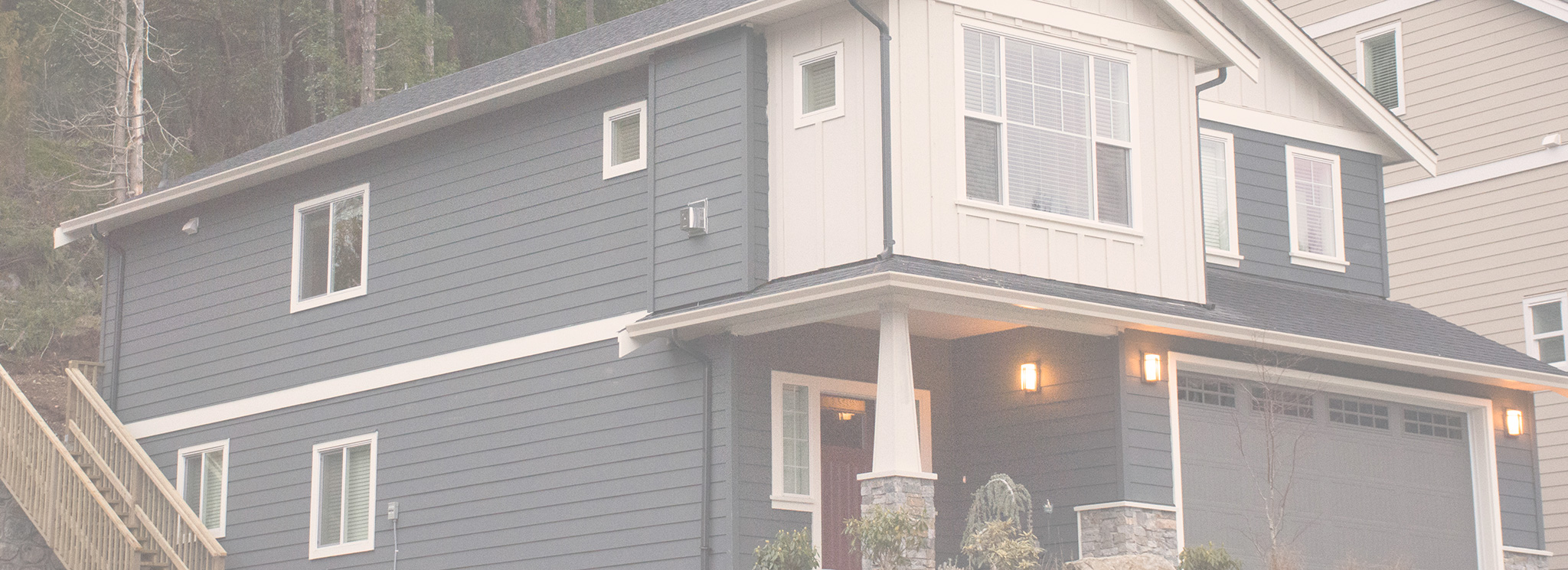Safety begins at home, they say, and so here are a few simple tips for protective measures that will go a long way toward ensuring you and your loved ones are safe and sound at home.

The Nest Protect is a Dual Sensor smoke detector that can alert your smartphone when it senses a problem.
Smoke Detectors – When installed and maintained properly, smoke detectors save lives. Just ask a firefighter! In British Columbia, smoke detectors are required by law in all single-family, semi-detached and townhomes, whether owner-occupied or rented. Alarms should be installed on every level of the home and near sleeping areas. Experts recommend installing two types of alarms: Photoelectric-type smoke detectors are good at signalling slow, smouldering fires such as cigarette ashes in a sofa cushion. Ionization-type alarms are best suited at detecting quick-spreading fires such as kitchen grease fires. The best practice is to install both types, or a dual sensor (both photoelectric and ionization detectors), and make sure they all have ULC (Underwriter’s Laboratories of Canada) approval. Change the batteries at least twice a year (when you change your clocks for daylight savings) for optimum performance.
 Fire Extinguishers – Fire extinguishers should be mounted or stored within convenient reach on each level of the home, garage and any other structures on the property. Always have one readily accessible in the kitchen, where most home fires start. However, they are only useful if you know how to work the trigger; read the instructions to prepare yourself for an emergency and understand that fire extinguishers are only designed for small, contained fires. Once the flames begin to spread, get everyone out of the house, and call 911.
Fire Extinguishers – Fire extinguishers should be mounted or stored within convenient reach on each level of the home, garage and any other structures on the property. Always have one readily accessible in the kitchen, where most home fires start. However, they are only useful if you know how to work the trigger; read the instructions to prepare yourself for an emergency and understand that fire extinguishers are only designed for small, contained fires. Once the flames begin to spread, get everyone out of the house, and call 911.
Carbon Monoxide Detectors – Carbon monoxide (CO) is a tasteless, odourless, colourless gas produced when burning fuels, lacking adequate ventilation, fail to burn completely. CO detectors should be installed on every level of the home, and have their batteries changed frequently, just as with smoke detectors. Look for the CSA or Blueflame 6.19-01 marks to ensure that your CO detector meets Canadian safety standards. Combination smoke detector / carbon monoxide detectors are also available. Just as with smoke detectors, if your CO detector activates, or if you have any suspicions of CO presence in your home, get everyone out of the house, and call 911.
Equipment and System Maintenance – Heating systems, fireplaces and fuel-burning appliances need to be maintained and checked annually by knowledgeable professionals to reduce the risk of fire or carbon monoxide buildup. Damaged appliances or blocked venting can be hazardous, but an annual inspection of these systems and equipment protect you and your home, as well as extend the life of these items.
 Candles – Lit candles can be a lovely, aromatic addition to the decor, but can be a hazard if not handled carefully. Never leave a lit candle unattended, or with children or pets. Place candles on flat, non-combustible surfaces, far from curtains and bedding. As an alternative, consider battery-operated flameless candles to provide the same flicker and ambience, without the risk of an open flame.
Candles – Lit candles can be a lovely, aromatic addition to the decor, but can be a hazard if not handled carefully. Never leave a lit candle unattended, or with children or pets. Place candles on flat, non-combustible surfaces, far from curtains and bedding. As an alternative, consider battery-operated flameless candles to provide the same flicker and ambience, without the risk of an open flame.
Emergency Escape Plans – Experts advise that every household take the time, twice a year, to have a home-based fire drill, and run through an emergency escape plan. The plan should include two exits from every room, demonstrations on how window locks and escape ladders work, and a predetermined meeting place a safe distance from the home, or at a neighbour’s house.

